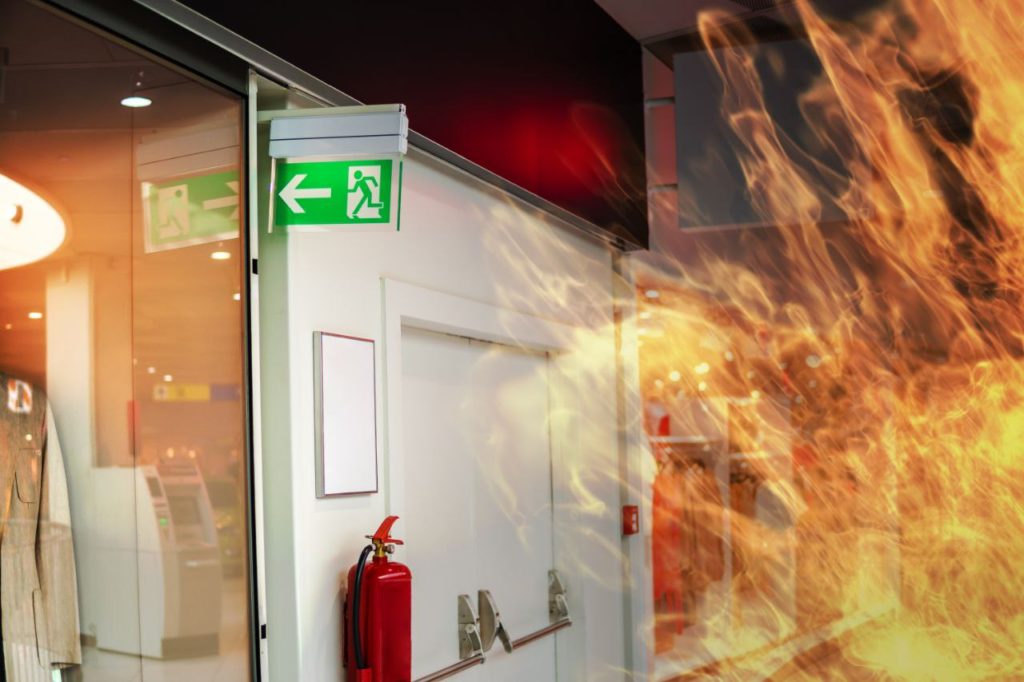Working environments can potentially lead to several common fire hazards. Any building or office manager can make great strides in keeping team members safe by knowing how to identify these hazards.
“Some fire hazards are unavoidable as they form an inherent part of the work you do. The important thing is knowing how to manage them so that everyone follows the appropriate response plan if a fire breaks out,” says Andrew Worthington, General Manager: Fidelity Fire Solutions, a division of Fidelity Services Group.
One such common fire hazard is vapours from flammable liquids.
“Flammable liquids and their vapours can quickly lead to a fire when it meets a spark or a flame. Vapours can spread into the open air very quickly and cover a large area. This kind of potential risk is often present in industrial workspaces or factories. Your best course of action is to keep these liquids in containers that seal properly and tightly. If a spill does happen, make sure it is cleaned up immediately,” says Worthington.
Another potential hazard is generated when fire detection systems are misused or poorly maintained.
“If your building has fire doors installed then make sure they are kept closed. They cannot play their role in preventing the spread of a fire if they are not kept closed. In the same way, a blocked fire exit or an untested fire alarm cannot give you the kind of protection you need.”
Worthington points out that faulty electrical equipment is one of the most common sources of workplace fires. This includes wiring that has become frayed over the years or overloaded plug points. Regular testing of cables and replacement of all plug points can address the potential risk.
The incorrect storage of waste and combustible materials is another risk area to be concerned about especially when they are stored close to heat sources.
“These materials could potentially easily go up in flames if an ignition source is introduced, for example, a lit cigarette butt that is carelessly tossed into a waste container. A heat source such as an oven or open furnace could exacerbate the risk. Keep these fire and heat sources far away from any material that could easily combust,” says Worthington.
At the end of the day, human error and negligence are subjects that no building manager should forget to consider.
“Human error can lead to a range of types of fires. This can be when people leave cooking utensils unattended, operate machinery in dangerous manners, or simply do not focus on their actions when they work with dangerous items.
“Train your team members to know exactly what to do and what not to do. Equip them with the knowledge and skills they need to be safe and to help keep their colleagues safe.”




